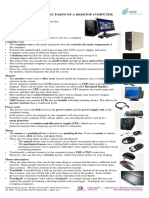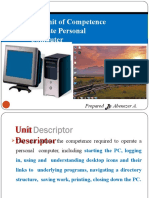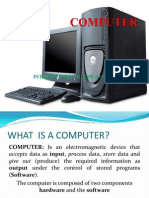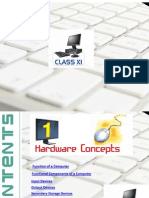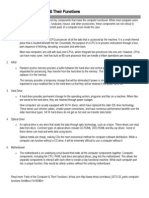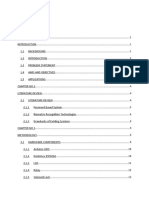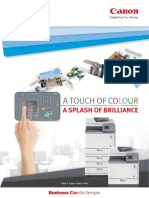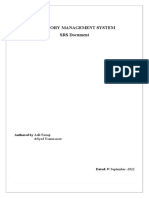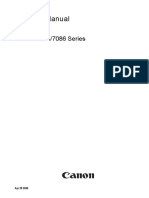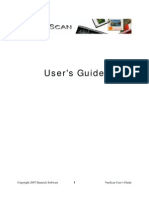0% found this document useful (0 votes)
7 views63 pagesThe Computer System
This document provides an introductory lecture on the basic elements of a computer system, outlining its definition, components, and functionalities. It details the six main elements: Hardware, Software, User, Data, Procedures, and Connectivity, with a focus on hardware components such as input, processing, storage, output, and communication devices. The lecture aims to equip students with foundational knowledge about how computer systems operate and interact with users and data.
Uploaded by
Fredy PlacidCopyright
© © All Rights Reserved
We take content rights seriously. If you suspect this is your content, claim it here.
Available Formats
Download as PDF, TXT or read online on Scribd
0% found this document useful (0 votes)
7 views63 pagesThe Computer System
This document provides an introductory lecture on the basic elements of a computer system, outlining its definition, components, and functionalities. It details the six main elements: Hardware, Software, User, Data, Procedures, and Connectivity, with a focus on hardware components such as input, processing, storage, output, and communication devices. The lecture aims to equip students with foundational knowledge about how computer systems operate and interact with users and data.
Uploaded by
Fredy PlacidCopyright
© © All Rights Reserved
We take content rights seriously. If you suspect this is your content, claim it here.
Available Formats
Download as PDF, TXT or read online on Scribd
/ 63
















